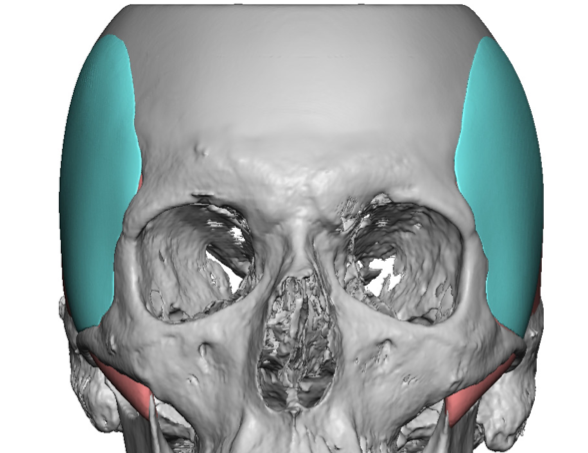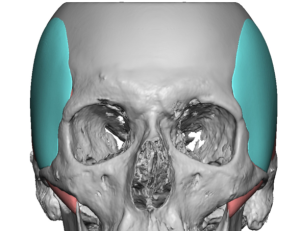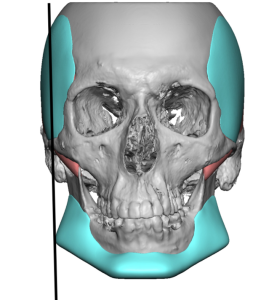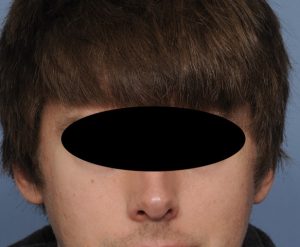Background: One of the least appreciated and treated areas of the face historically is the temporal region. That has changed with the widespread use of injectable fillers and fat injections where the addition of volume can be readily accomplished. The vast majority of these temporal volumizing treatments are done in women where temporal hollowing is seen as a sign of aging and a less youthful face.
Temporal augmentation is infrequently done in men and usually for the treatment of lipoatrophy or significant temporal hollowing. The hollowing has to be fairly severe to motivate most men to treat it. It is usually almost a reconstructive procedure to build out deep indentations that look abnormal, aged or even sickly. This is because a modest temporal concavity is normal in men and would even be considered of aesthetic benefit. This is in contrast to women where a fuller temporal region is considered more youthful and attractive.
There may be some men that prefer an increased temporal augmentation effect creating a slight convexity to it. Does an increased temporal convexity in men equate to a more masculine appearance? That would depend in what the face looks like beneath it …or what it is going to look like from anticipated procedures.
Case Study: This male was to undergo a larger custom jawline implant. He desired at the same time to augment his temples as well. He had no prior history of injectable fillers or fat injections to the temples. Since he was having a significant lower facial augmentation he wanted temporal augmentation to match it.
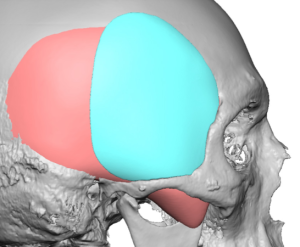
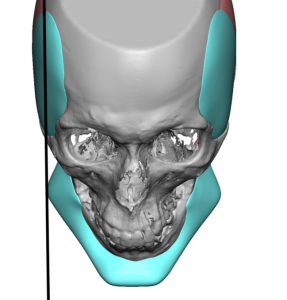
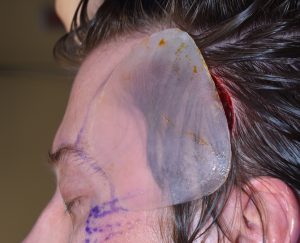
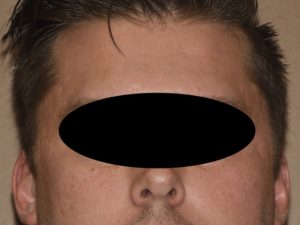
On the surface the correlation between upper facial and jaw width is not a common facial proportion relationship that patients may be aware of or request to have. But it does fall into the well known facial fifths.
Case Highlights:
1) Temporal augmentation in men is done far less frequently than in woman.
2) Temporal augmentation in men is jusually done for a forehead widening effect as opposed to correction of temporal hollowing.
3) Custom temporal implants can be inserted from a small incision behind the temporal hairline.
Dr. Barry Eppley
Indianapolis, Indiana

